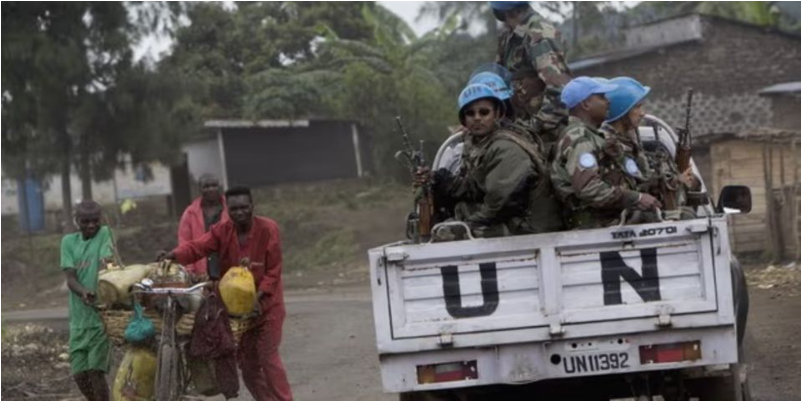The black box recovered from the January 15 plane crash in Nepal is being sent to Singapore for analysis to identify the cause of the crash that killed all 72 people on board.
Both the flight data recorder and cockpit voice recorder will be examined by experts at Singapore’s Transportation Safety Investigation Bureau.
“The Nepal investigating team is leaving on Friday with the flight data recorder and cockpit voice recorder [for Singapore] where the data will be downloaded and analysed,” Civil Aviation Authority spokesperson Rajendra Kumar KC said.
A committee formed by the government is still looking into the cause of the Yeti Airlines flight crash.
It was initially suggested the black box be taken to France where the aircraft was manufactured, but Nepalese authorities decided to send it to Singapore.
Rescuers are combing the hillside for the remains of two people still missing since the crash at the resort town of Pokhara, 200 kilometres west of the capital, Kathmandu.
The twin-engine ATR 72-500 aircraft was approaching Pokhara International Airport in the Himalayan foothills when it plummeted into a gorge about 1.6 kilometres from the runway at an elevation of about 820 metres.
While it is still not clear what caused the crash, some aviation experts say video taken from the ground of the plane’s last moments indicated it went into a stall, although it is unclear why.
The plane was carrying 68 passengers, including 15 foreign nationals, as well as four crew members.
The foreigners included five Indians, four Russians, two South Koreans, and one each from Ireland, Australia, Argentina and France.
Nepal’s Civil Aviation Authority has also said the airport’s instrument landing system will not be working until February 26 — eight weeks after the airport began operations on January 1.
Aviation safety experts have said the absence reflects the poor air-safety record in Nepal, where mountainous terrain and the resulting variable weather conditions make flying difficult.













